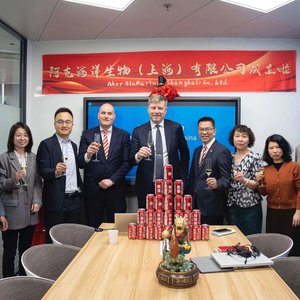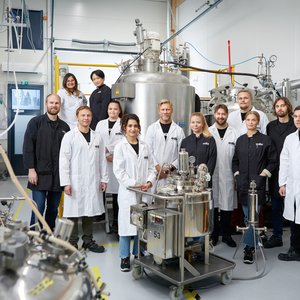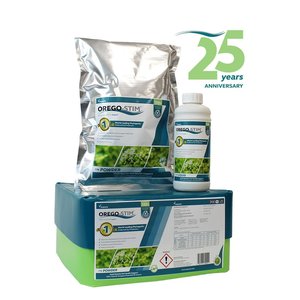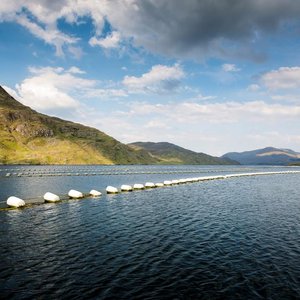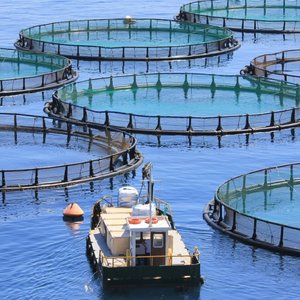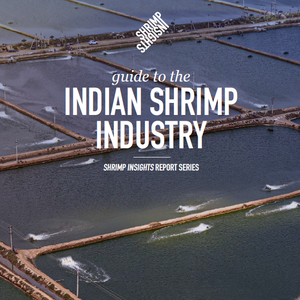Fish feed scare highlights challenges of aquaculture boom .
The recent discovery that feed used on some U.S. fish farms contained the toxin melamine highlights the challenges facing the booming aquaculture sector, which today supplies some 44% of all fish consumed worldwide, according to FAO.
Melamine is the same substance linked to the recent pet food recall in the United States and Canada. The convoluted way in which it ended up being fed to fish destined for human consumption underscores the difficulties involved in ensuring product safety in today's era of transnational fish production, processing and distribution networks: feed made with tainted wheat gluten produced in China was exported by a U.S. firm and sold to at least two Canadian suppliers, which in turn exported it to fish farms in the United States.
Canadian and U.S. health officials note that the contamination occurred in low levels and that fish which consume melamine excrete it swiftly and present no dangers to human consumption.
More recently, several U.S. states banned certain catfish imports from overseas after tests on frozen fillets showed that some contained blacklisted antibiotics. Giant retailer Walmart soon followed suit in all of its U.S. stores.
These incidents illustrate the importance of ensuring product safety in fish farming -- the most rapidly growing food production sector for over a decade now -- according to Lahsen Ababouch, a fish product safety expert with FAO.
"Today's global chain of fish production and supply is extremely complicated," says Ababouch. "With nearly half of all fish eaten today coming from farms, and some 12 million people dependent on fish farming for their daily income, ensuring that farmed fish products are safe to eat and of the highest possible quality is crucial."
FAO conference looks a trends, future challenges
Ensuring safety and quality over the entire length of the fish supply chain is one of the main issues to be discussed this week at a three-day aquaculture trade conference in Qindao, China organized by FAO and the Chinese Ministry of Agriculture (Qingdao, 29-31 May).
It will include sessions on managing fish health at the farm level, the increasingly complex international regulatory frameworks governing aquaculture imports, and how to establish fair traceability and labelling systems to let retailers and consumers know a fish product's provenance.
A number of other issues will be discussed as well, such as the globalization of the world fish supply chain, market trends contributing to aquaculture's ongoing boom, environmental and sustainability issues, and growing competition between aquaculture, poultry farming and livestock for fish oil used in feed.
Keeping an eye on the little guy
According to Jochen Nierentz of FAO's GLOBEFISH programme FAO is particularly interested in looking at how poor small-scale farmers in the developing world can cope with increasingly stringent import standards in developed countries. Ninety-eight percent of the world's fish farmers are found in the developing world.
"Certainly, all concerns regarding food safety are legitimate. The challenge is making sure that benchmarks used to judge safety are grounded in sound science and that fish farmers, whether they be from a developed or developing country, are not unfairly disadvantaged," adds Ababouch.
44% of all fish eaten comes from farms
The amount of fish supplied by farming has skyrocketed in recent years, says Rohana Subasinghe, an aquaculture specialist with FAO. In 1980 just 9 percent of the fish consumed by human beings came from aquaculture. Today 44 percent does, he noted.
FAO believes that responsible aquaculture is key to meeting the world's growing demand for fish and reducing pressure on stocks in the wild.


